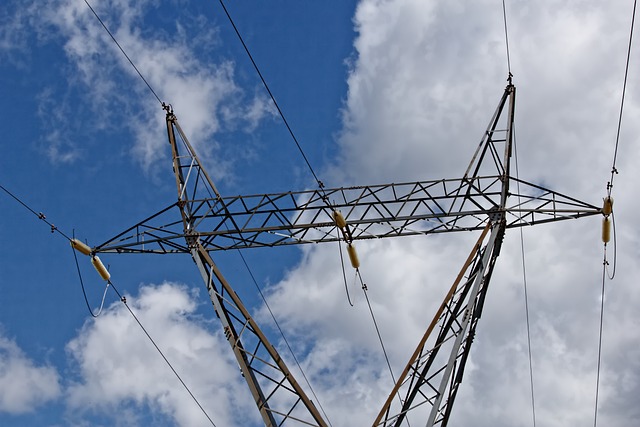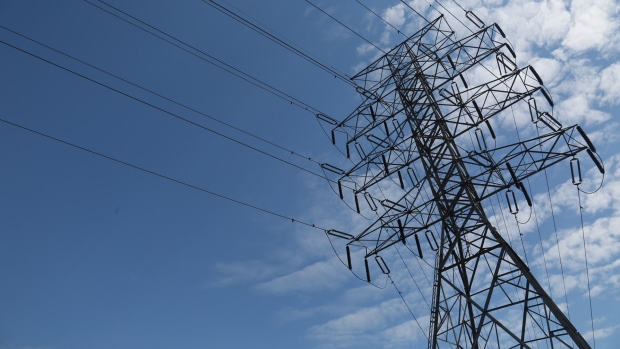- Business cut back most on power use in blackout
Evidence suggests that the province's biggest industries, plus Toronto's big commercial customers, accounted for more than 70 per cent of the conservation efforts following the blackout that staggered northeastern North America last August.
Householders may have chipped in less than 25 per cent of the conservation effort.
Households account for more than 40 per cent of the province's power use.
In response, the agency that oversees Ontario's electricity system has been asked to find out what groups of customers did the best job of conserving electricity during the eight-day emergency following the Aug. 14 blackout.
Derek Cowbourne, vice-president of market service for the Independent Electricity Market Operator, or IMO, confirmed yesterday that he's been asked to study conservation patterns during the power emergency.
The request came from members of the IMO's market advisory council, whose members are drawn from a range of industry and consumer groups.
Cowbourne said in an interview he'll have to ask local utilities for their data before he can draw a complete picture of who used what during the emergency. He hasn't yet sent out a request.
But current evidence indicates that big businesses carried most of the conservation load.
The rough and ready numbers look something like this:
The IMO said power use during the emergency was down about 4,000 megawatts, peaking around 19,000 megawatts each day instead of 23,000 megawatts.
The Association of Major Power Consumers of Ontario, or AMPCO, said its members, under pressure from the provincial government, cut their consumption in half during the emergency, many by simply shutting down.
AMPCO members account for about 15 per cent of total power use in the province; they saved 1,600 megawatts by cutting back.
Its members include the big auto assembly plants, oil refineries, pulp mills and miners.
Tom Adams of Energy Probe noted that Toronto Hydro credited its large commercial customers with cutting back power use by 30 to 40 per cent.
Toronto Hydro said that measurements taken in one residential neighbourhood showed that householders cut back only about 20 per cent.
The cutbacks by the big Toronto users — who overlap very little with AMPCO's members — would trim about 5 per cent or 1,180 megawatts from total consumption, Adams estimated.
The power saved by AMPCO and Toronto Hydro's big customers counts for 2,780 megawatts, or nearly 70 per cent of the total power reduction in the province. It's a near certainty that businesses outside Toronto who are not AMPCO members also contributed to the conservation effort, shrinking the share of conservation by householders still further.
Don Thorne, chief executive of Milton Hydro, said his utility's data indicate that householders cut back their power use very little during the eight-day emergency.
"It is very clear that there wasn't a lot going on there," he said in an interview.
"People still ran their air conditioners and so on. You start thinking: Why is that? The media did an excellent job of telling people what they could do (to conserve)."
Big industrial outfits seem to have been most conscientious about cutting back, Thorne said, noting that they were directly pressured to do so by the province.
Municipalities also pitched in, Thorne said, but probably could have reduced their consumption more if better plans had been in place showing them the most effective ways of cutting power use while maintaining essential services.
Figuring out who cut consumption and who didn't isn't a matter of finger-pointing, Adams said.
Both policy makers and the people designing the electricity system need to understand who responds to conservation appeals and who doesn't.
Adams said it could be dangerous to make future emergency plans on the assumption that householders will pitch in with conservation efforts if evidence shows they don't. And if expensive new safeguards have to be built in to prevent future collapses, or make it easier to restore power when they occur, then it's fair to ask who should pay for them.
Related News

An NDP government would make hydro public again, end off-peak pricing, Horwath says in Sudbury
TORONTO - Ontario NDP leader Andrea Horwath says her party’s hydro plan will reduce families’ electricity bills and the NDP is the only choice to get Hydro One back in public hands.
Howarth outlined the plan Saturday morning outside the home of a young family who say they struggle with their electricity bills — in particular over the extra laundry they now have after the birth of their twin boys.
An NDP government would end time-of-use pricing, which charges higher rates during peak times and lower rates after hours, “so that people aren’t punished for cooking dinner at dinner time,” Horwath said…




